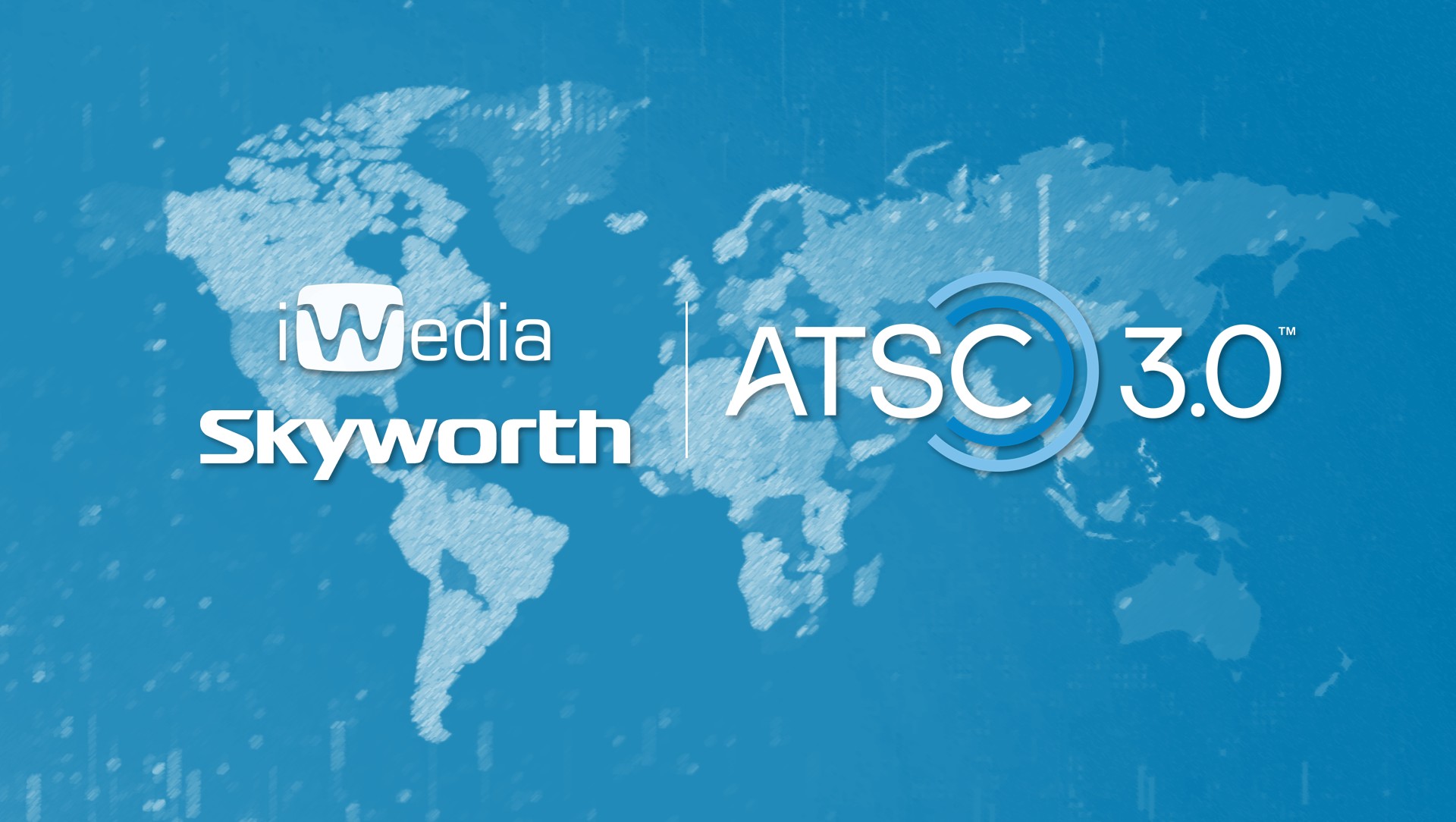On Sept. 16, the FCC released some “Small Entity Compliance Guides” to meet the requirements of Section 212 of the Small Business Regulatory Enforcement Fairness Act of 1996 intended to help small entities comply with new FCC rules.
One of the guides covers Operation of Part 15 Auditory Assistance Devices in the 72-73 MHz, 74.6-74.8 MHz, and 75.2-76 MHz bands. This Small Entity Compliance Guide discusses the rule changes requiring new devices offered for sale after a three-year transition meet the stricter out of channel emission limits specified in Section 15.209 of the FCC's rules. The stricter emission levels were adopted to prevent auditory assistance devices operating in this band between TV channels 4 and 5 from interfering with TV reception on these and other TV channels. The Guide provides a good overview of the transition period, what will happen to existing devices (they are grandfathered), and concludes with the relevant text of Section 15.209.
The Small Entity Compliance Guide on Accessible Emergency Information, and Apparatus Requirements for Emergency Information and Video Description: Implementation of the Twenty-First Century Communications and Video Accessibility Act of 2010 will be of interest to more broadcasters. The guide covers in detail the obligations of video programming distributors and providers under the CVAA.
Among the requirements, TV broadcasters will have to convey any emergency information displayed as a visual crawl on a second audio channel and repeat the information at least twice. It does not have to be a verbatim translation of the text but “must accurately and effectively communicate the critical details about the emergency and how to respond to it to individuals who are blind or visually impaired.” If the second audio channel is used for video description, foreign language translation, or duplication of the main program audio, the emergency information must supersede it or any other content on the channel.
The Guide provides details on what types of information TV broadcasters must provide over the second audio channel and what manufacturers of TV devices must do to comply with the CVAA with respect to these announcements.
Covered entities must provide an aural presentation of visual emergency information on a secondary audio stream by May 26, 2015.
The professional video industry's #1 source for news, trends and product and tech information. Sign up below.

Doug Lung is one of America's foremost authorities on broadcast RF technology. As vice president of Broadcast Technology for NBCUniversal Local, H. Douglas Lung leads NBC and Telemundo-owned stations’ RF and transmission affairs, including microwave, radars, satellite uplinks, and FCC technical filings. Beginning his career in 1976 at KSCI in Los Angeles, Lung has nearly 50 years of experience in broadcast television engineering. Beginning in 1985, he led the engineering department for what was to become the Telemundo network and station group, assisting in the design, construction and installation of the company’s broadcast and cable facilities. Other projects include work on the launch of Hawaii’s first UHF TV station, the rollout and testing of the ATSC mobile-handheld standard, and software development related to the incentive auction TV spectrum repack. A longtime columnist for TV Technology, Doug is also a regular contributor to IEEE Broadcast Technology. He is the recipient of the 2023 NAB Television Engineering Award. He also received a Tech Leadership Award from TV Tech publisher Future plc in 2021 and is a member of the IEEE Broadcast Technology Society and the Society of Broadcast Engineers.
